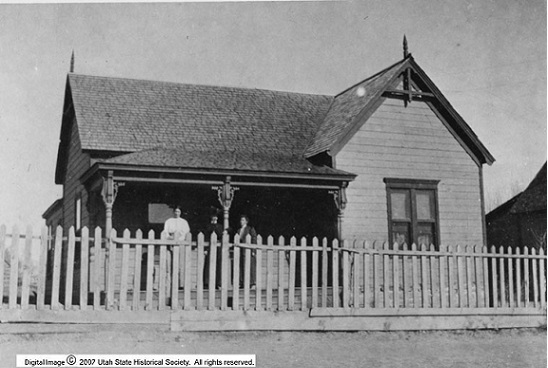Dublin Core
Title
Description
Female Methodist missionaries in Utah forged relationships with women across religious lines, protecting and advocating for women in need throughout the state.
Between 1880 and 1890, the number one recipient of resources from the Women’s Home Missionary Society, a Methodist organization that trained teachers, nurses, and missionaries, was none other than the Utah Territory.
Shortly after the birth of the missionary society, two of it representatives arrived in Salt Lake to teach at the local Methodist seminary. Eventually other women missionaries followed them to Utah, settling in places like Ogden, Park City, Richfield, and Tooele as aides to Methodist ministers. They also established denominational schools across the state, though the schools usually were not limited to Methodists only.
Converts from Mormonism were hard to come by, but not unheard of. Yet, even when the Methodist missionaries couldn’t convince local Mormons to join their flocks, they often were able to create bonds of friendship and mutual respect that crossed religious lines. They tended to not give much ground to Mormons on the polygamy question, though, and served as persistent and outspoken advocates of the end of the practice of plural marriage in Utah. They sheltered women seeking to escape polygamous relationships and paved the way for the polygamy’s end.
Creator
Source
Image: Methodist Church, Moroni, UT. Image shows the Methodist Church and Woman's Home Missionary Society in Moroni. Two deaconesses are on the porch. Courtesy of Utah State Historical Society.
_______________
See the October 1996 collection of the History Blazer, a joint project of the Utah State Historical Society and the Utah State Centennial Commission. The History Blazer can be found on the Utah History Suite CD available from the Utah State Historical Society. Also see Connie Fife’s entry on Methodists in the online Utah History Encyclopedia.

